Standing in the grounds of the Tran Nhan Tong tower, Venerable Thich Dao Hien, Deputy Head of the Executive Committee of the Vietnam Buddhist Sangha in Quang Ninh province, lit incense and offered prayers. The Venerable's warm words introduced the Buddhist delegation to the ancient tower that preserves the relics of the Buddha King Tran Nhan Tong. In the middle of a large green stone-paved yard, the tower is covered with moss. The tower's floors are simply built, with a lotus bud on top. The tower faces south, inside is a statue of the Buddha King. The statue is carved in the lotus position, with both hands chanting mantras. The pedestal has dragon, cloud, chrysanthemum, and lotus patterns that are soft and delicate, typical of the Le So period's artistic style.
 |
Tourists visit Tran Nhan Tong tower. |
We walked up the stone steps to Hoa Yen Pagoda, also known as Chua Ca, located on the highest mountain slope of Yen Tu mountain range, in Dong Trieu arc. Legend has it that the place where the pagoda was built is where the dragon lies. Venerable Thich Dao Hien explained: “The pagoda was built during the Ly dynasty, its original name was Van Yen Tu, meaning hazy clouds. On the high mountain, white clouds drifted across the mountains, the pagoda sometimes appeared and sometimes disappeared in the clouds. When he went to visit the pagoda, King Le Thanh Tong saw the charming scenery, clouds forming flowers in front of the Zen gate, so he changed the name to Hoa Yen Pagoda. The name is Hoa Yen Tu”. Standing in front of the pagoda grounds, looking far away, one can see the whole scene of the mountains and rivers overlapping like a battle formation. The deep rivers and dangerous mountains act like ramparts blocking the enemy’s steps. In the Northeast, the fence of the Fatherland seems to have always been watched by the eyes of our ancestors so that “the mountains and rivers will forever be firmly anchored in gold”.
The path up the mountain has rows of pine and bamboo trees providing shade. The ancient pine trees still stand tall, imbued with the spirit of heaven and earth. The rows of green bamboos continue to be passed down from generation to generation, shining with an upright, pure, and elegant beauty. The Zen sect founded by the Buddhist Emperor Tran Nhan Tong is called Truc Lam (bamboo forest) and contains many profound philosophies.
Returning to Yen Tu at a scientific conference on Quang Ninh, Professor, Doctor Nguyen Quang Ngoc, Vice President of the Vietnam Historical Science Association shared: “Coming to Yen Tu is coming to the land of Buddha to feel more deeply the thoughts of King Tran Nhan Tong. The sacred land and majestic mountains always show the national spirit and cultural roots. In each mountain, tree trunk, temple roof, and tower, the spirit of the ancestors is imbued, spreading so that future generations can find refuge and feel the values contained in the sacred Yen Tu mountain”.
Source


![[PHOTO] Hanoi fences off demolition of "Shark Jaws" building](https://vphoto.vietnam.vn/thumb/1200x675/vietnam/resource/IMAGE/2025/5/25/1b42fe53b9574eb88f9eafd9642b5b45)
![[Photo] Funeral of former President Tran Duc Luong in Quang Ngai](https://vphoto.vietnam.vn/thumb/1200x675/vietnam/resource/IMAGE/2025/5/25/ccf19a3d8ea7450bb9afe81731b80995)

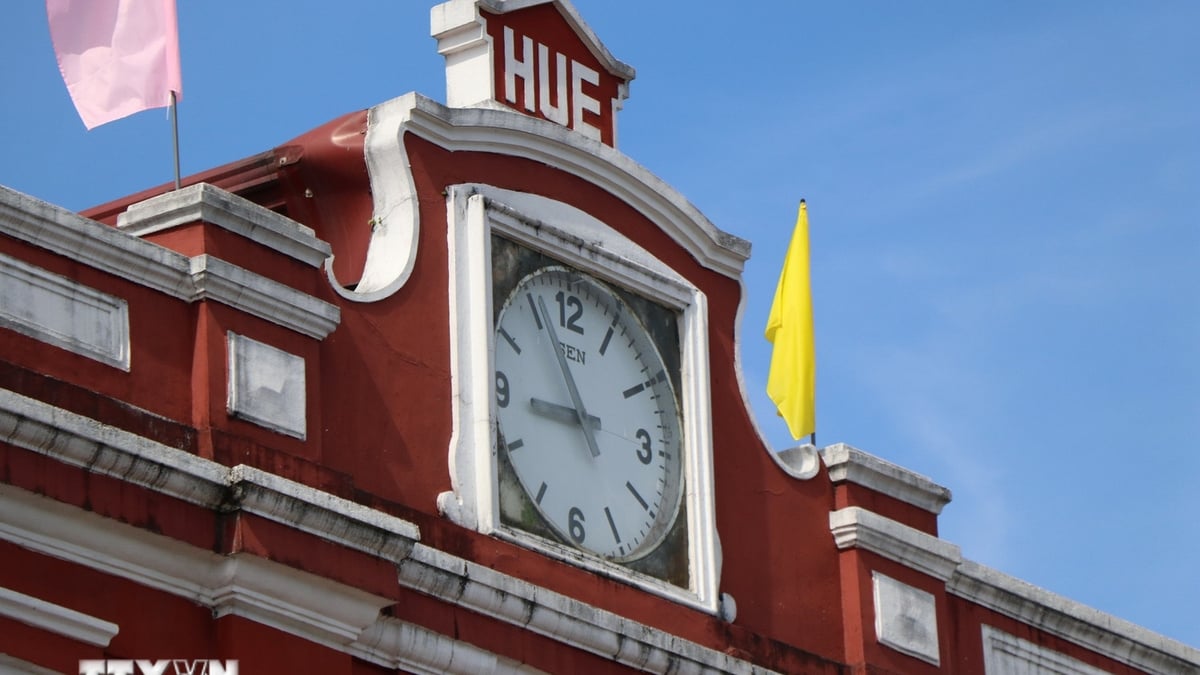
![[Photo] Welcoming ceremony for Prime Minister Pham Minh Chinh and his wife on an official visit to Malaysia](https://vphoto.vietnam.vn/thumb/1200x675/vietnam/resource/IMAGE/2025/5/25/dc30203c3ae24da3990266ec3b29bb2d)
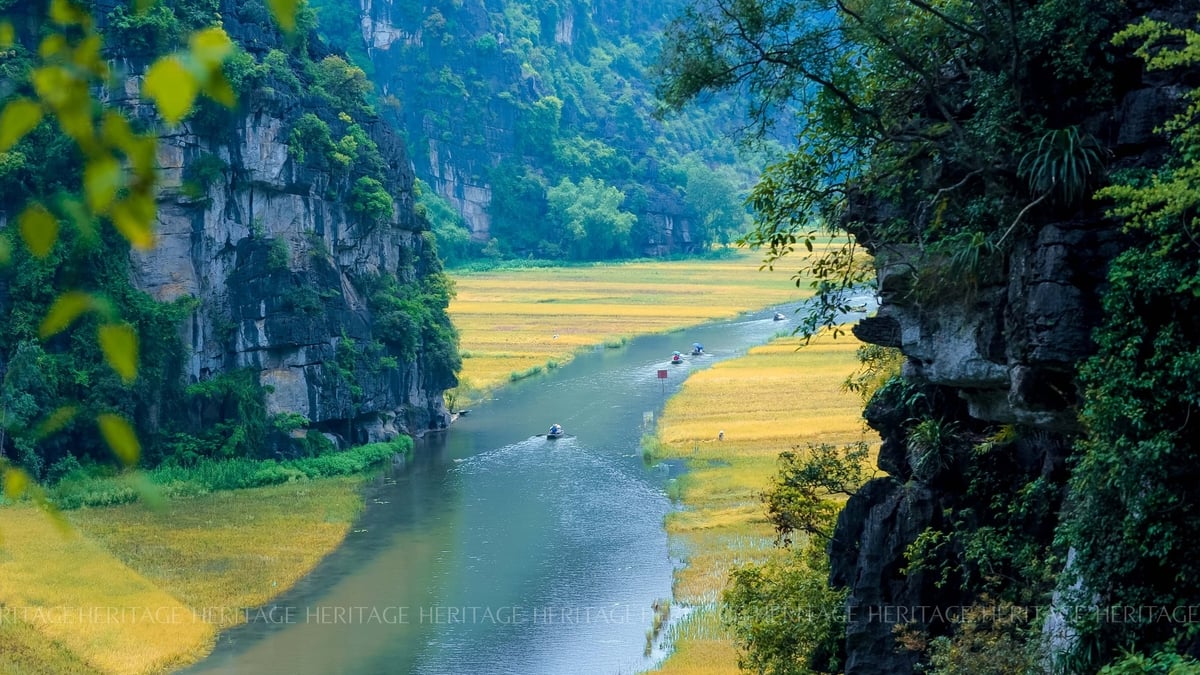
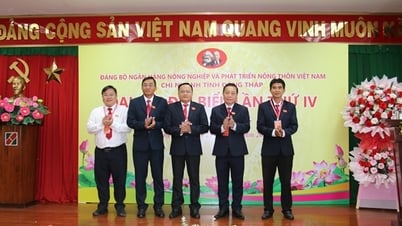




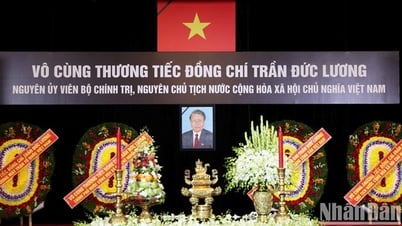









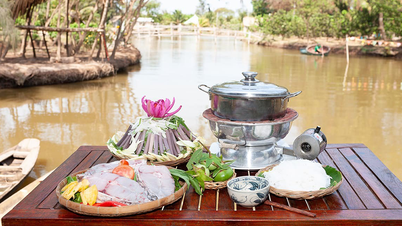





























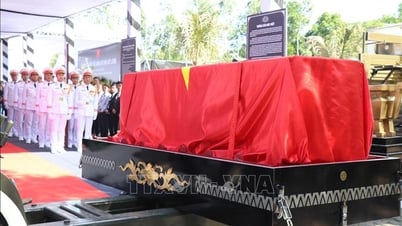

















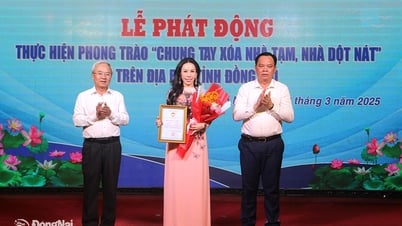

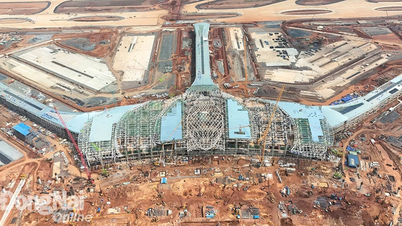










Comment (0)